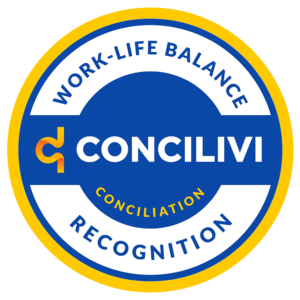In this second port in our series on best practices in product development, we continue exploring the concept of product vision through the hypothetical story of Mike, an industrial designer who co-founded a small start-up company that developed a breakthrough blood pressure device, which we explained in detail in our first blog.
Mike had a meeting with a group of potential investors that didn’t go so well because he didn’t fully understand the concept of product vision. Now that he has a clearer idea of the concept, he and his team need to develop a solid plan that includes all the necessary information any potential investor will need in order to make an informed decision about providing them with funding.

Better vision and results with the business model canvas
They begin by completing their business model, using a business model canvas to enhance key information such as the value proposition, the resources they will need, the anticipated revenue streams, the customer segments they will be targeting, the business channels they will use to reach those customers, etc. This method is a great way to elaborate and visualize the business model in its entirety and identify the gaps that need to be filled.
Among other things, Mike anticipates they will need a development team that compliments his internal team and includes a product strategist and UX designer, a mechanical engineer, and especially a software developer who has expertise in developing IOT products.
Mike’s team sets a manufacturing goal for the first year that takes the cost structure into account and identifies a possible manufacturer. They plan to have a final product ready for testing within a year, and start the process for FDA and Health Canada certification soon thereafter.
The value of this segment of the medical device industry is expected to hit 1.4 billion dollars by 2025 and Mike wants to secure a sizable share of the home care segment with this device. But although the proposed device is much more convenient than competing products currently on the market, the business model canvas exercise showed that the distribution strategy will need to be clarified in order for the product to gain traction in the market.
The canvas exercise also revealed that the cost/revenue model did not scale well, so Mike had to solicit the expertise of some product strategy advisors and work with them to make the business model more robust.
“This method is a great way to elaborate and visualize the business model in its entirety and identify the gaps that need to be filled.”
Unsure of what he did wrong, Mike confides in one of the stakeholders, who then explains to him that he made the common mistake of assuming that selling the design aspects of his product was enough to get buy-in. She then asks him one simple question: what is the product vision?
What to find out what steps Mike takes next? Tune in to our next blog to find out!

